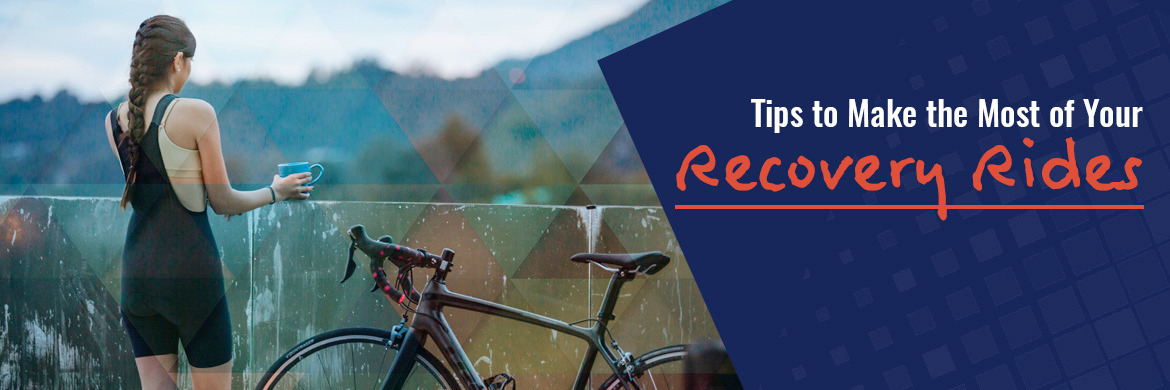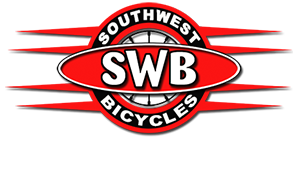
What is a recovery ride?
Recovery rides are rides devoted to just taking it easy and spinning your legs to get the blood flowing. This increase of blood flow goes a long way in helping you recover more quickly from hard training days. Recovery rides are simple to do and – when done correctly – they can speed you up on your more intense rides. However, you need to do your recovery rides right in order not to inhibit your recovery and make your next long ride slower.
If you are training hard and/or racing on a regular basis, recovery is an absolute must. Change and adaptation does not happen without recovery and rest. During your recovery time, your body repairs itself and becomes stronger so it can do more and work even harder next time. Days of complete rest can be helpful, but many cyclists find that they're sluggish after rest days. On the contrary, when done right recovery rides get the blood flowing while still giving your body time to rest and recover.
Recovery Ride Tips
If you adhere to the tips below, you can expect to reap the full benefits available from recovery rides.
Recommended Frequency & Duration
Your recovery ride frequency depends on how often and how hard you ride. Most cyclists will benefit from one to two recovery rides a week. If you have had two to three days of intense riding, it's probably wise to head out on a recovery ride. Recovery rides can last as long as 90 minutes, although 40 minutes is usually a more appropriate time to get the blood flowing without overworking your body.
Where to Ride
Remember, the primary goal of a recovery ride is rest - not challenge. Consequently, you should choose to ride on the flattest terrain possible. If there is no flat terrain available in your area, consider an easy ride on a trainer instead.
Choose your Companions Carefully
Most of us cyclists can't help it - we have an inner competitor that when riding with others is always looking to go farther and faster. Recovery rides are not usually effective when done in a group. However, choosing to go for a ride with your kids or with an inexperienced rider can be an effective way to get recovery in the company of others.
Leave your Lycra Behind
You are not going for speed here - so help reinforce that idea in your mind by dressing in more casual clothing. This is not time for your sleek racing attire.
Bring your Monitor
Many cyclists leave their monitor behind when they head out on a recovery ride. What's the point on a leisurely ride is the common thought. However, your monitors can be just as important on a recovery ride. You want to keep your heart rate at about 60% of its maximum - if you start inching past this, it's time to tone down your ride.
Embrace recovery
If you follow the above tips for recovery rides, you will surely begin to feel their many benefits. Get out and get that blood flowing - but be sure not to overdue it!
